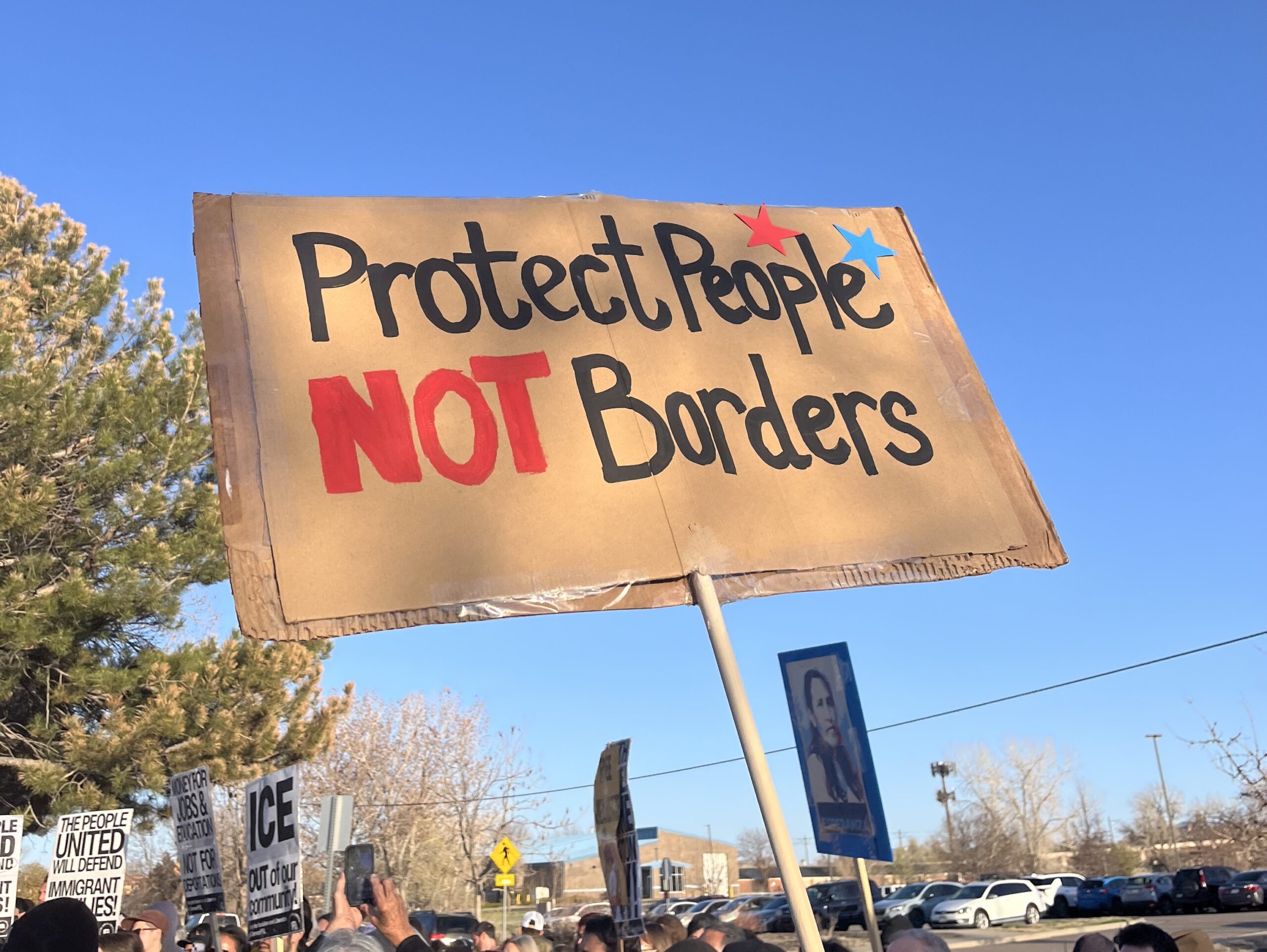In response to the Virginia Tech shootings, the Health and Counseling Center offered a workshop last week on how to spot the warning signs of potential violence and methods that can be used to prevent it.
“It is important to acknowledge the rarity of these events,” said Terri Osborn, director of counseling services. But, it is equally important to recognize that “the effects that they have are devastating and tremendous” for the community and the nation, she said.
On April 16, thirty-two people were killed by Cho Seung-Hui, the student shooter at Virginia Tech. Many others were wounded with multiple gunshot wounds.
In her lecture, Osborn cited not only the Virginia Tech shootings, but the 1970 Kent State riots and the 1986 murder of Jeanne Clery, among “the most notorious college campus events that have changed history forever for campus culture.”
“Very rarely are perpetrators of campus violence strangers,” said Osborn. More often, they are students or recent graduates, and, it is likely that they have told at least one person of their plans before they actually carry out the violent act.
In a study done by the Department of Education and the Secret Service, in almost all of the 37 school shootings (not including college shootings) studied, someone knew ahead of time of the perpetrator’s plot and said nothing.
Decisions to commit these acts don’t happen “in an instant,” said Osborn. The decision to carry out a violent act can take minutes, hours, days or even years, she said.
Potential indicators of violence include a history of aggressive behavior, access to or fascination with weapons, obsessions, unsuccessful personal history and being a victim of bullying.
“The best predictor of future behavior is past behavior,” said Osborn. The majority of school shooters studied in the Department of Education study had a history of being bullied, said Osborn.
With the Virginia Tech shooting, the perpetrator had a history of stalking, which is considered an obsession. This can be viewed as a warning sign that there may be possible problems in the future.
Other warning signs of violence include verbal and physical indicators such as announcing threats or plans, increased risk-taking, frequent loss of temper and acquiring or carrying a weapon.
Paying attention to a person’s verbal and nonverbal language is important, said Osborn. Be aware when there is a “discrepancy” between someone’s language and his or her nonverbal actions, she said. For instance, if someone is speaking about something extremely violent but appears unemotional, that could be a warning sign if combined with other factors.
Osborn also included suicide as an act of violence because it is, “a pretty big problem in our country and people don’t talk about it.”
Suicide is the 11th leading cause of death in the United States. Among college students, however, it is the second leading cause of death. Each year, said Osborn, “1,300 college students’ deaths are attributed to suicide.”
Of 2,416 DU students surveyed by the American College Health Association last school year, 5.8 percent had seriously considered suicide.
Warning signs of potential suicide can overlap with the signs of violence against others, but include depression, hopelessness, putting personal affairs in order and giving away prized possessions. “Hopelessness,” said Osborn “is one of the biggest risk factors for suicide.”
College administrators need to implement procedures to identify and prevent violent behavior, Osborne said. Students need “to do what they need to do to keep themselves and their environment safe,” said Osborn. People need to be aware that it is a good thing to report suspicions.
Osborn outlined five ways to survive an outburst of violence: getting away, barricading oneself, hiding, playing dead and fighting.
The first attempt should always be to get away, said Osborn: “Go until you know you are in a safe place.”
If that is impossible, “put as many objects as you can between you and the perpetrator.”
If you can’t escape and none of the other techniques are possible, the last option is to fight. But, said Osborn, you are not fighting to beat the perpetrator. You are “fighting for an opportunity to leave.”
Ways in which one attempts to prevent suicide, however, is different. It involves putting direct questions to a person you suspect of wanting to commit suicide and attempting to persuade the person to get help. “Any kind of agreement to get help is positive,” said Osborn.
Numerous resources are available on campus to help in this process. They include the Health and Counseling Center, Campus Safety, Student Life and the Students of Concern group. This group meets every other week to discuss students that faculty, staff or other students are concerned about. If you are troubled about another student, call 303.871.4512 to inform Students of Concern.












